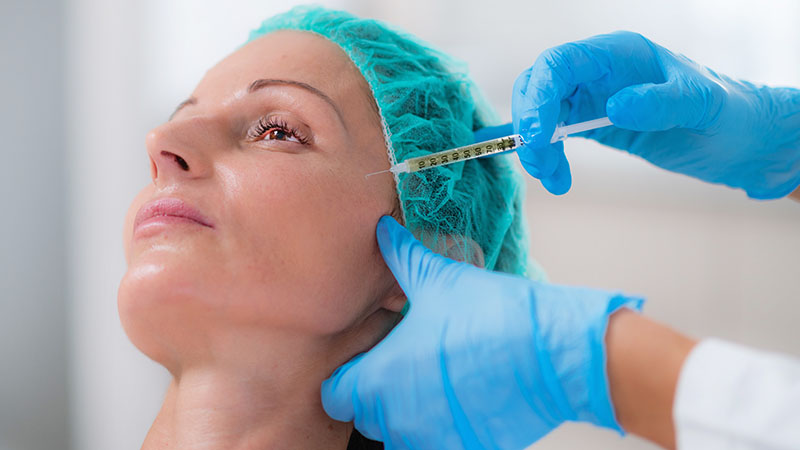PRP stands for platelet-rich plasma and refers to a certain medical procedure in which substance obtained from patient’s own blood platelets (thrombocytes) is applied to some certain areas. In other words, PRP is injecting cells that are rich in healing factors to the body. Popularly administered in cosmetics, PRP is initially a medical procedure used in treatment of many diseases.
How is PRP Applied?
PRP application takes 20 minutes and starts with taking about 20cc of blood from the patient. After a 6-minute separation procedure, the portion of the blood that remains on the surface is then injected into the problematic area.
PRP is widely used in cosmetic applications and several medical treatment modalities. In orthopaedics, too, PRP is performed with success. Orthopaedists turn to this method particularly for the treatment of knee arthritis, tennis elbow, and jogger’s heel.
Treating Knee Arthritis with PRP
PRP is an efficient method while dealing with early stage knee arthritis. So much so that, PRP aims at eliminating arthritis itself rather than focusing on reducing pain caused by arthritis. Therefore, PRP does not alleviate pain as quickly as cortisone injections though pain does go away gradually and disappears in time. Complaints received after cortisone injections are not expected in PRP treatment. As in all PRP applications, the treatment starts with centrifuging 20cc blood taken from the patient. Centrifuge isolates thrombocytes in blood. The treatment finishes with injecting the surface portion of the centrifuged blood into the knee. 3 sessions with monthly intervals is often adequate to solve mild knee arthritis issues.
Treating Tennis Elbow with PRP
Tennis elbow is a persistent condition. The pain inflicted by tennis elbow can have negative impact on the daily life of patients. One of the non-surgical methods utilized to alleviate tennis elbow pain is cortisone injections. Cortisone injections are quite successful as they can quickly eliminate pain. However, the fact that there is approximately a 50 percent risk that pain can reemerge within a few months is a major drawback of this application. PRP applications give successful results for tennis elbow patients as in the case of patients with knee calcification. Patience is required as pain does not go away at once as opposed to cortisone injections. 2 PRP treatment sessions performed within a fortnight has proven to have a considerable success rate with a low risk of recurrence.
Treating Jogger’s Heel with PRP
Jogger’s heel is a resistant condition that does not always respond well to various treatment modalities. However, PRP has so far given rather successful results in treating Jogger’s heel pain. It is true that healing Jogger’s heel with PRP takes time. Depending on the case, we either perform a single PRP session or 2 sessions performed with a 1-month interval.
Howe Frequent Are PRP Sessions? How Many Sessions Do I Need?
Frequency and number of sessions vary according to patients’ requirements. In terms of orthopaedic issues, 3 sessions with monthly intervals for knee arthritis; 2 fortnightly sessions for tennis elbow; and 2 sessions with a 1-month interval for jogger’s heel often give efficient results.
Does PRP Have Any Side Effects?
Because the contents of the injected substance come from patients’ own blood, there is no side effect or harm caused by PRP apart from the slight pain caused by injection.
 EN
EN TR
TR AR
AR RU
RU